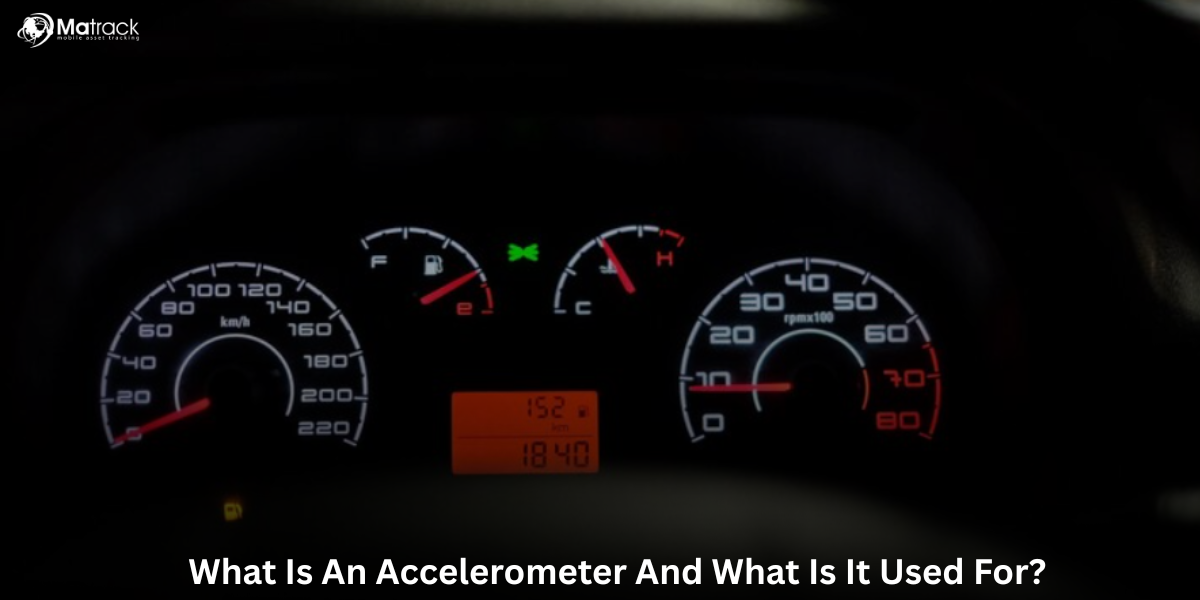Key Takeaways
- Engine hours show how long the engine has been running, including when the truck is idling.
- Tracking engine hours helps schedule maintenance like oil changes and prevent costly breakdowns.
- Different tools to track engine hours include mechanical, digital, and ELDs.
- Monitoring engine hours improves fuel efficiency, keeps trucks in good condition, and increases resale value.
What Are Engine Hours?
Engine hours track how long the engine has been running, whether the truck is moving or idling. This gives a clearer picture of engine use than mileage alone.
Engine hours increase even when the truck is idling, unlike mileage which only changes when the truck is moving. They help truckers and fleet managers monitor engine wear and plan maintenance.
By using engine hours, you can better schedule repairs and avoid costly breakdowns. It’s a simple but important tool for keeping trucks in good condition.
How To Calculate Engine Hours?
You can check engine hours directly on the engine hour meter if your truck has one. It shows the total time the engine has run since it was first used.
If there’s no hour meter, you can estimate using this formula:
Engine Hours = Total Miles ÷ Average Speed
For example, if your truck has 60,000 miles and averages 50 mph: 60,000 ÷ 50 = 1,200 engine hours.
For accurate tracking, especially if your truck idles a lot, you may need a telematics system or an add-on hour meter.
Advantages of Tracking Engine Hours
Maintenance Planning
Engine hours tracking simplifies maintenance planning. It ensures repairs are completed on time, avoiding unexpected breakdowns.
Preventing the early replacement of parts can save money. Engine hours give a clear picture of how much wear your engine has.
Cost Savings
Fixing minor problems before they become big and expensive repairs can save costs. Engine hour tracking can also help prevent sudden breakdowns.
Reducing unplanned maintenance and downtime makes you spend less and keeps your truck running smoothly.
Did you know that with Matrack your fleet can save $2000 per vehicle every year? Learn more here!
Warranty Compliance
Warranty compliance is easy if you follow the maintenance schedule recommended for your engine hours. Many manufacturers require this proof to keep the warranty valid.
Keeping a record of engine hours shows that you followed the guidelines, making it easy to claim warranty benefits.
Fuel Efficiency Optimization
Fuel efficiency optimization starts with tracking engine hours. It helps you spot trucks or drivers using too much fuel.
With this data, you can plan better routes and improve driving habits to save fuel and cut costs.
Value at Resale
Value at resale improves when your truck has fewer engine hours and a strong maintenance record. Buyers prefer trucks they know are well cared for.
For fleet managers, this means higher prices when selling old trucks, which increases profits.
Types of Engine Hour Meters
Engine hour meters help track the total time your engine has been running. Different types are available, each with specific uses and benefits.
Mechanical Hour Meters
Mechanical hour meters are simple devices connected directly to the engine. They are reliable and work well for older vehicles, but they only provide basic engine hours tracking.
Digital Hour Meters
Digital hour meters use electronics to monitor engine runtime and display additional details like maintenance reminders. They are accurate and easy to use, making them an excellent choice for modern vehicles.
Electronic Logging Devices (ELDs)
Electronic logging devices record engine hours automatically and are required for compliance with Hours of Service (HOS) regulations. They are ideal for fleets and provide detailed engine data but require installation and updates.
Odometers with Hour Tracking
Odometers with hour tracking combine mileage tracking with engine hours, offering a convenient all-in-one solution. They are valid for vehicles with advanced dashboards but may not provide as much detail as standalone hour meters.
Wireless and GPS-Enabled Hour Meters
Wireless and GPS-Enabled hour meters allow real-time tracking and often integrate with fleet management software. They are great for remote monitoring but can be expensive and may involve subscription fees.
Due to their detailed data, ELDs, or wireless hour meters, are the best choice for fleets. Mechanical or digital hour meters are simple and cost-effective for individual drivers.
Frequently Asked Questions
How do engine hours relate to maintenance?
Engine hours are used to schedule key maintenance tasks like oil changes, filter replacements, and inspections. These tasks are often more accurately scheduled by runtime rather than mileage to reflect actual engine wear.
How is engine hours-to-mile conversion made?
To estimate miles from engine hours, multiply the total engine hours by your truck’s average speed. For example, if your vehicle averages 50 mph, 1,000 engine hours equals approximately 50,000 miles.
How many engine hours is a lot?
Engines with over 15,000 hours may require significant repairs or overhauls. High engine hours generally start around 10,000, depending on the engine’s type and maintenance history.
Why are engine hours important for fleet health?
Tracking engine hours provides a better picture of engine usage and wear than mileage alone. It helps fleet managers optimize maintenance schedules, reduce downtime, and improve vehicle performance.
Conclusion
Engine hours show how long the engine runs and help plan maintenance better. They reduce breakdowns and keep trucks in good shape.
Tools like hour meters or ELDs make it easy to track engine hours. This helps save money, use fuel wisely, and keep truck value high.






